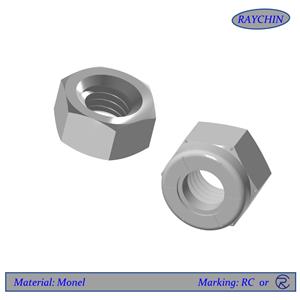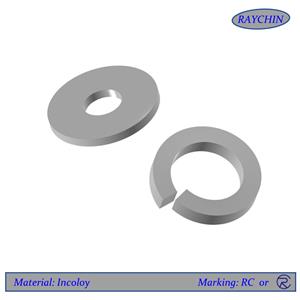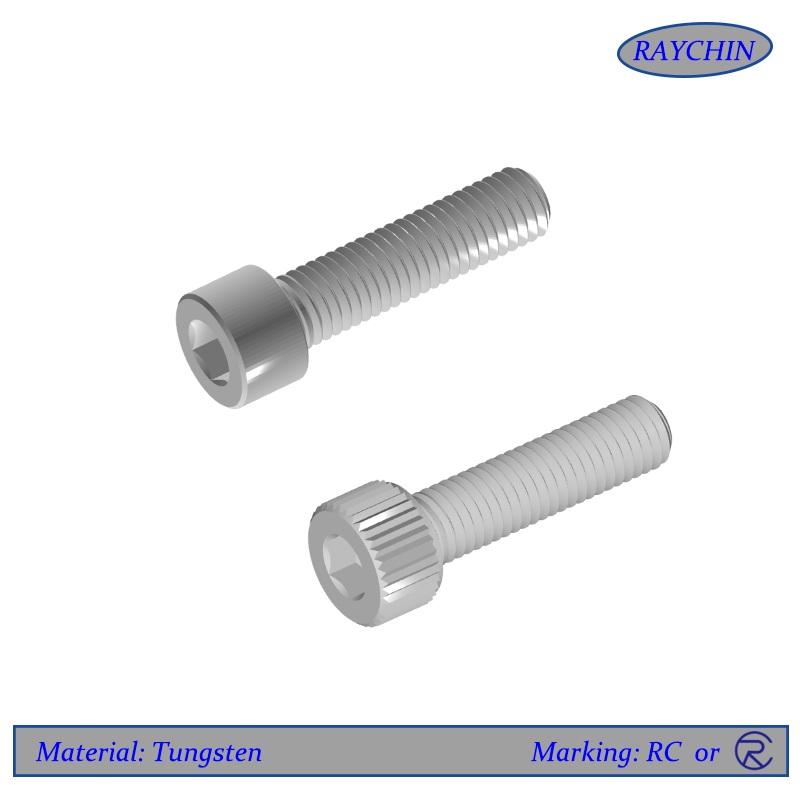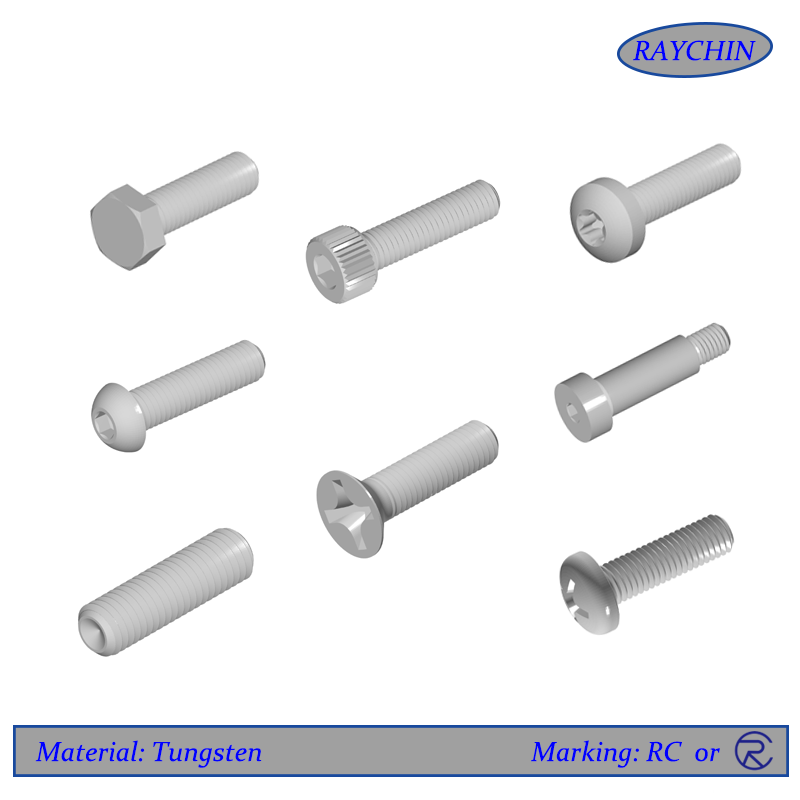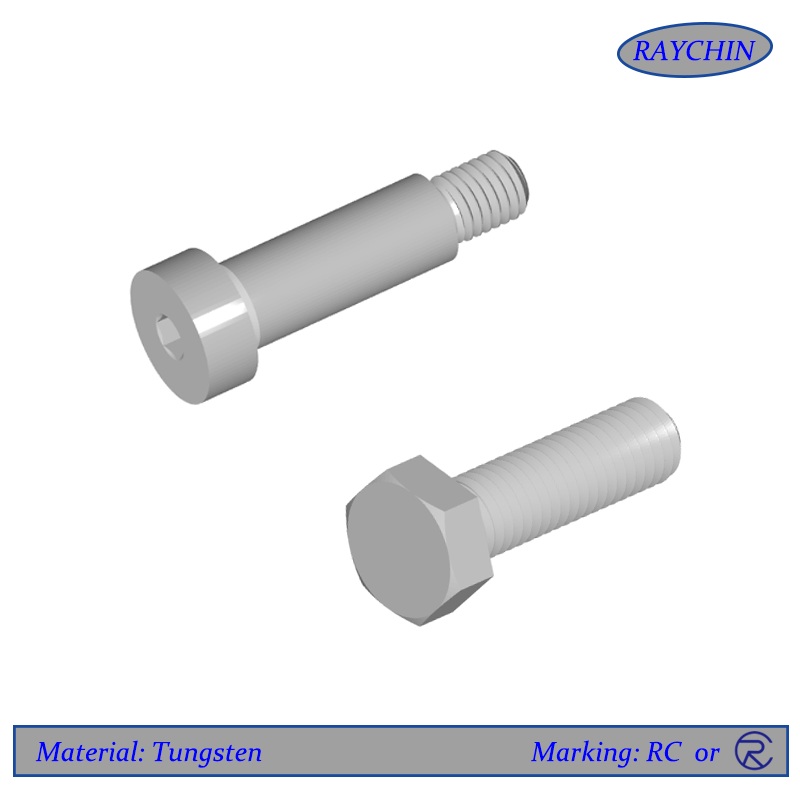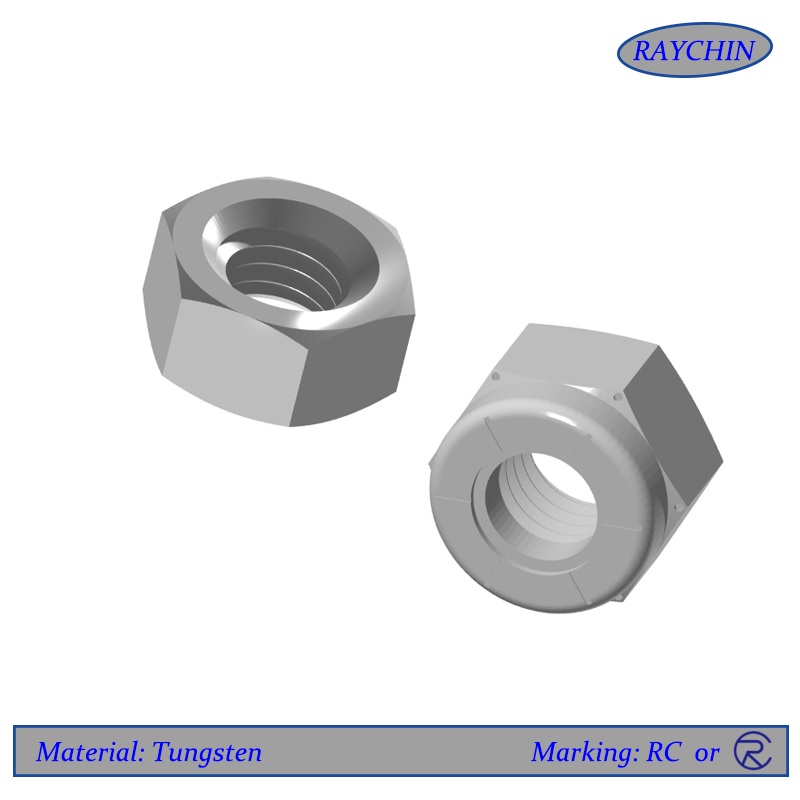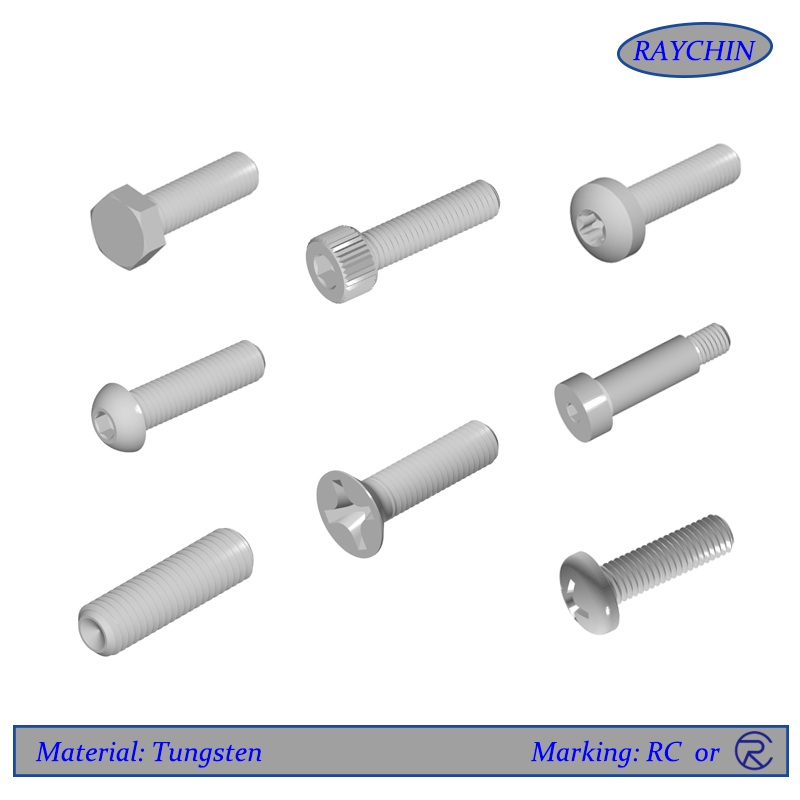Tungsten Socket Head Cap Screws
Tungsten Socket Head Cap Screws
Tungsten socket head cap screws are known for their extreme high density; because of this unique attribute, they are often used for balancing rotating parts. Tungsten’s high mass also makes these screws radiopaque. This allows tungsten fasteners to block radiation and show up well on x-rays – even better than lead. Another unique attribute of tungsten is its extrmely high melting point of 3420°C. The high temperature stability of tungsten socket head cap screws make them ideal for some of the hottest vacuum furnace environments.Beyond their high mass and temperature stability, tungsten fasteners are also very corrosion resistant.
Tungsten socket head cap screws are usually made from tungsten alloys per ASTM B777, and range from 90% to 97% pure tungsten, alloyed with nickel and copper or nickel and iron.

Ultra-high density & high temperature / strength stability
· Very high density of 19.3 gm/cc
· Radiopaque to x-rays and other radiation
· High strength at extreme high temperatures (vacuum)
· Excellent corrosion resistance
· Mechanical properties of tungsten screws
· Tungsten material datasheet
Socket head cap screw features & benefits
Applications
· The aerospace industry depends on the tungsten screws for their combination of high density and mechanical strength which allows them to reduce the physical size of components, offering greater control of weight distribution for propellers, inertial systems and fluid control systems to name a few.
· The heat treating / furnace industry uses tungsten socket head cap screws in high temperature vacuum furnaces due to tungstens great high temperature strength & stability.
· The oil & gas industry uses tungsten screws for radiation shielding properties to protect equipment used in oil and gas detection, as well as down hole logging for density and ability to withstand intense hydrostatic pressure
· Tungsten socket head cap screws also play a role in the medical community for their low magnetic properties as well as their radiopaque properties.
Resources: Tungsten Torque Specs
Tungsten Screw Types: Button Head Cap Screws, Flat Head Screws, Hex Head Cap Screws, Pan Head, Set Screws, Socket Head Cap Screws, Tamper Resistant Security Screws
Tungsten Socket Head Cap Screw Features and Benefits
When it comes to tungsten socket head cap screws, it’s all about clearance. These screws are the best choice for applications with limited installation access or clearance. Yet if you have an application with a lot of debris, you may want to select a tungsten hex head bolt or hex head cap screw, as they don’t have a socket drive which could get clogged.
Advantages:
• Ideal for applications with limited access as they require very little clearance around the fastener.
• Socket head cap screws can be used in locations where externally wrenched fasteners aren't desirable.
• Weight reduction on application as tungsten socket head cap screws are smaller – being that the cylindrical heads of socket screws need less space than hex heads and require no additional wrench space.
• Also known for safety, reliability and economy.
Tungsten Chemistry & Specifications
Tungsten Specifications: ASTM B777, Mil Spec T-21014D
Tungsten Alloy ASTM-B777 | Class 1 | Class2 | Class 3 | Class 4 | CP Tungsten |
Material Composition | 90% W 6%Ni 4%Cu | 92.5% W 5.25% Ni 2.25% Fe | 95% W 3.5% Ni 1.5% Cu | 97% W 2.1% Ni 0.9% Fe | 99.95% W |
Density | 17 gm/cc | 17.5 gm/cc | 18 gm/cc | 18.5 gm/cc | 19.3 gm/cc |
Density; Ibs/in3 | 0.6 | 0.6 | 0.7 | 0.7 | 0.697 |
Mil. Spec. T-21014 D | Class 1 | Class 2 | Class 3 | Class 4 |
|
Type | Type II & III | Type II & III | Type II & III | Type II & III |
|
Hardness; Rockwell C | 24.0 | 26.0 | 27.0 | 28.0 | 31.0 |
Ultimate Tensile Strength; PSI | 94,000 | 110,000 | 94,000 | 100,000 | 142,000 |
Yield Strength, .2% Offset; PSI | 75,000 | 75,000 | 75,000 | 75,000 | 109,000 |
Modulus of Elasticity; PSI | 40X10E6 | 47xlOE6 | 45 x10E6 | 53 X10E6 | 58x10E6 |
Coefficient of Thermal Expansion x | 5.4 | 4.6 | 4.4 | 4.5 | 4.2 |
Electrical Conductivity; %IACS | 14 | 13 | 16 | 17 | 18 |


